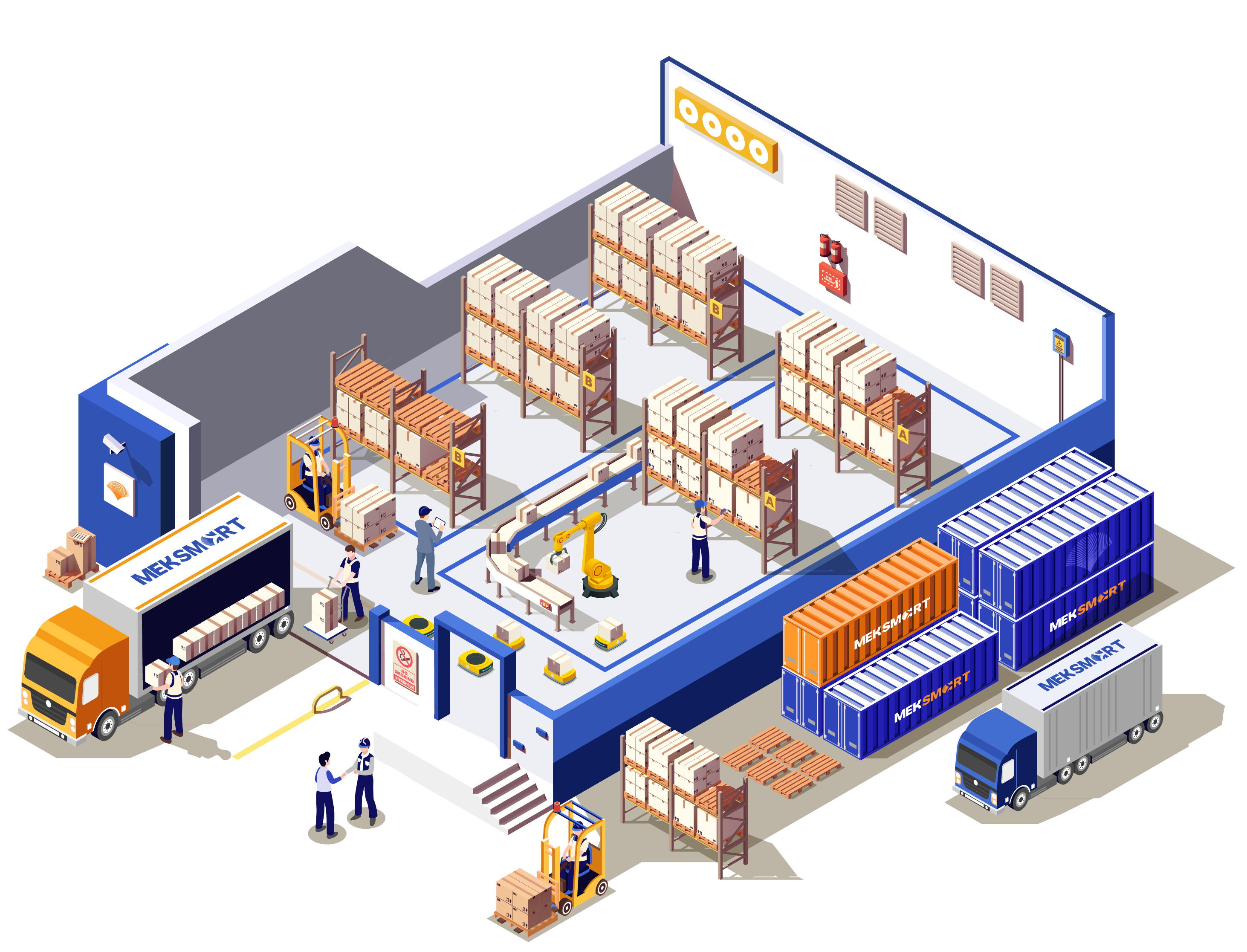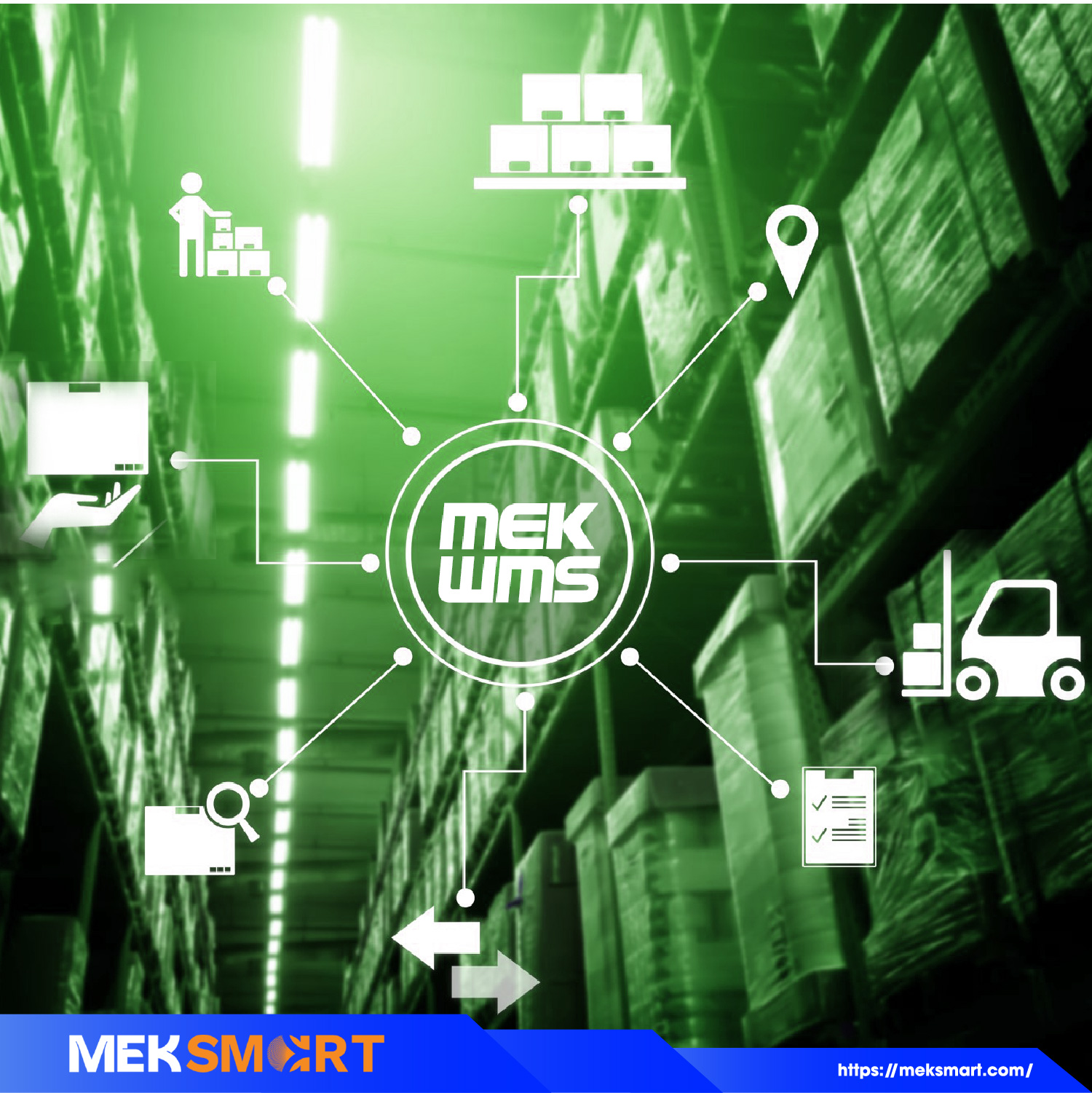MEKSMART
GENERAL NEWS
Author: Meker M
Update: 10/11/2022
TOP 4 MODERN WAREHOUSE TRENDS IN 2022
You might not know this, but the introduction of an optimized modern warehouse system plays a critical role for businesses, especially e-commerce.
These days, the market has witnessed the rise of top 4 trends of modern warehouses that you should not ignore. Are you tempted to know? Let’s dive into the following content.
Top 4 Modern Warehouse Trends in 2022
#1. Increasing Demand for Storage Capacity
The black swan Covid-19 pandemic has unleashed the rise of e-commerce, leading to a warehouse space shortage. Meanwhile, the cost of warehousing continues to go up for:
- The operations of the warehouse become slow because of same-day return complexities.
- Businesses need to store their products nearby to clients to cut costs and delivery time.
- The demand climb beyond supply in post-Covid
#2. Ramping-up Automation
Can all the work be automated? It is said that complete warehouse automation is a decade away on the list. Still, there are an increasing number of steps in the supply chain handed over to automation.
As per Forbes, the executives of warehouses' shared automation is likely to be the highest investment priority in the 1-to-3-year period.
Notably, shuttle systems are now automated to help warehouses boost storage density and throughput without any losses regarding productivity.
What actually stands out is that robotics refers to futuristic automation that promises to help warehouses be more productive while reducing picking and shipping errors.
#3. Transparent Shipping Based on the Internet of Things (IoT)
It is common that one of the top priorities for warehouse managers is the visibility of inventory. The reason is that a clear understanding of inventory gaps allows warehouses to squeeze in their capacity, aiming to utilize the space more optimally.
Meanwhile, customers and retailers need adequate transparency in tracking packages to alleviate the issue or anxiety of “where is my order?”. In a nutshell, modern warehouses are essential to keep in mind what is in the warehouse in real-time.
Handling the issue, IoT (Internet of things) appears to be the optimal solution to provide the management-level personnel with a bird-eye view of capacity and inventory at once.
Any object equipped with IoT has become a net-linked node. That means the technology can share interface and data with the other systems. For instance, introducing IoT sensors in shipments can deliver high visibility in real-time for inventories and monitoring customer transparency.
The use of IoT technology provides some other benefits to most modern warehouses as follows:
- Promptly detect risk throughout the supply chain
- Reduce loss and damage of goods
- Enhance the communications among supply chain partners
- Provide real-time update on port delays and weather
- Improve warehouse management
IoT-integrated management systems seem to be the key foundation of smart modern warehouses in the future. IoT allows sharing of all data with warehouse staff from autonomous vehicles to drones.
#4. Green Warehousing
These days, that warehouses go green has been popular. This trend helps logistics businesses to offset expenses while garnering goodwill from clients.
Modern warehouses witness an influx of power-efficient practices and systems, which includes (1) solar panels, (2) cool-roof systems, (3) LED lighting, and (4) Green building materials, to name a few.
Emerging green warehousing practices are being developed into warehouse design. What makes this trend stand out is that light-out inventories go dark in the areas where there is no presence of human workers.
These practices have become marketable. There are much more shoppers aligning their spending on the values.
In other words, businesses which highlight the green supply chain are likely to augment greater loyalties and revenue. For instance, DHL has been a shopping courier committed to zero emissions by the year 2050.
Wrapping Up
That's all about the top 4 trends of modern warehouse trends in 2022. Briefly, the key takeaways include:
- Increasing demand for storage capacity
- Ramping-up automation
- Transparent shipping based on the internet of things (IoT)
- Green warehousing
Warehouse managers are better to study these trends to know what is going on in the industry. Thank you for reading!
-
MEKSMART is the pioneer smart warehouse management system (WMS) supplier in Vietnam. We offer a full range of logistics and inventory-related services, from real-time processing of inbound and outbound tasks, and inventory management, to data integration and reporting and configuring inventory information.













